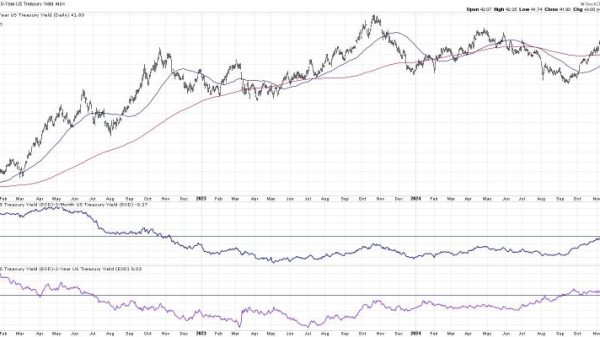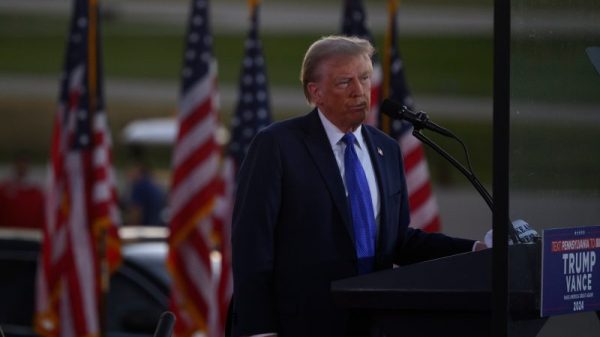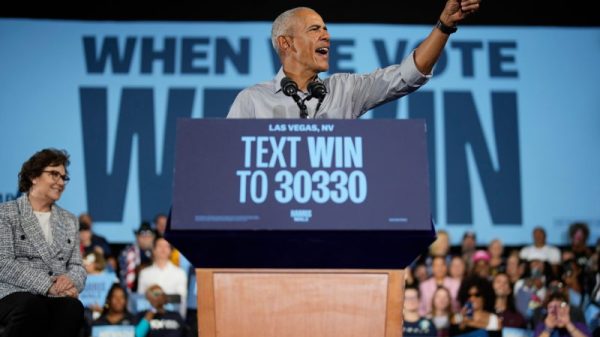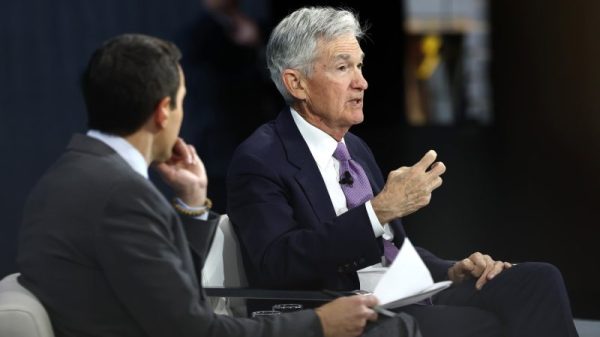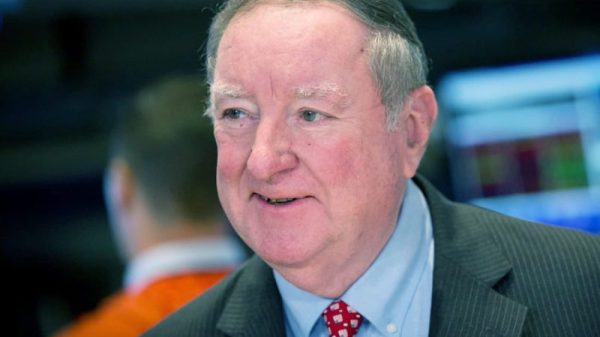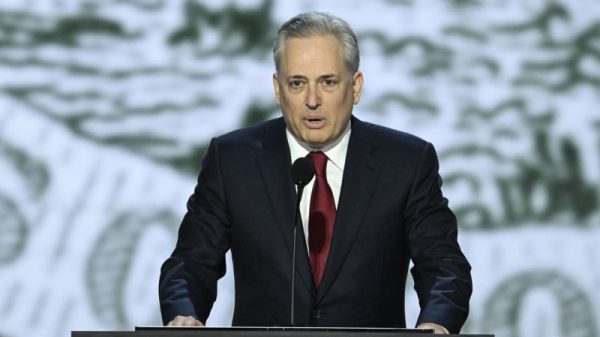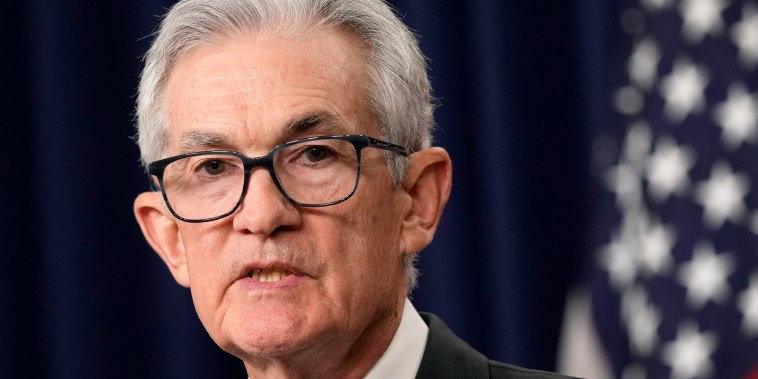In recent years, the Federal Reserve has been under increasing scrutiny for its decision to keep interest rates higher for longer. This move has stirred debates among economists, policymakers, and financial analysts about the potential consequences and merits of such a strategy. While some argue that maintaining high interest rates for an extended period can hamper economic growth and investment, there are compelling reasons to believe that this approach may not necessarily be detrimental in the long run.
One of the primary reasons why the Fed may choose to keep rates higher for longer is to combat inflationary pressures. Inflation, the rise in the prices of goods and services over time, can erode the purchasing power of consumers and destabilize the economy. By raising interest rates, the Fed aims to reduce consumer spending and borrowing, thereby slowing down economic growth and curbing inflation. While this can have a short-term impact on economic activity, it is a crucial tool to maintain price stability and prevent runaway inflation.
Another important consideration is the impact of high interest rates on financial markets and asset prices. Low interest rates tend to inflate asset bubbles, leading to speculative behavior and unsustainable price growth. By keeping rates higher for a longer period, the Fed can help prevent the formation of asset bubbles and promote more stable and sustainable growth in financial markets. While this may lead to short-term volatility and corrections, it can ultimately contribute to a healthier and more resilient financial system.
Moreover, higher interest rates can incentivize savings and investment, which are essential for long-term economic growth. When interest rates are low, individuals and businesses are more inclined to borrow and spend, leading to increased consumption but potentially lower savings and investment. By keeping rates higher, the Fed encourages saving and discourages excessive borrowing, which may help build a stronger foundation for future economic expansion and reduce the risk of financial imbalances.
It is also important to consider the global context when evaluating the Fed’s decision to keep rates higher for longer. In a interconnected world economy, central banks must strike a delicate balance between domestic considerations and global implications. Higher interest rates in the United States can attract capital from foreign investors seeking better returns, which can strengthen the dollar and impact trade balances. By maintaining rates at a relatively higher level, the Fed can help mitigate these external effects and contribute to a more stable global economic environment.
In conclusion, while the decision to keep interest rates higher for longer may invite short-term challenges and criticisms, it is a necessary measure to address pressing economic concerns and promote sustainable growth in the long run. By prioritizing price stability, financial market resilience, savings, and global economic stability, the Fed’s strategy can help navigate the complex dynamics of the modern economy and lay the groundwork for future prosperity.



